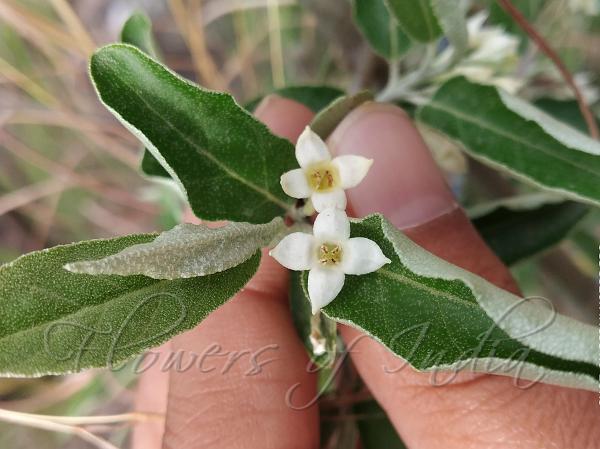|
| Japanese Silverberry |
|

|

| File size | 542993 |
| Original date | 4/12/19 9:31 AM |
| Resolution | 2752 x 2064 |
| Flash | Flash did not fire, auto |
| Focal length | 3.81mm |
| Exposure time | 1/262s |
| Aperture | 2.2 |
| Focus Distance | |
| Metering Mode | Center weighted average |
| Camera make | Xiaomi |
| Camera model | Redmi Note 5 Pro |
| Sensor type | OneChipColorArea |
|
|
|
|
Photo: |
Botanical name: Elaeagnus umbellata Family: Elaeagnaceae (Silverberry family)
Synonyms: Elaeagnus obovata, Elaeagnus crispa, Elaeagnus parvifolia
Synonyms: Elaeagnus obovata, Elaeagnus crispa, Elaeagnus parvifolia
Japanese silverberry grows as a deciduous shrub or small tree,
typically up to 3.5 m tall, with a dense crown. It commonly bears sharp
thorns in the form of spur branches. Flowers are fragrant and occur in
clusters of white to yellow, 8-9 mm in length and 7 mm in diameter, and
have four lobes. The leaves are alternate, 4-10 cm long and 2-4 cm wide
with wavy margins, elliptic-oblong to oblong-lanceolate. The leaves are
covered with minute silvery scales when they emerge early in spring,
but turn greener above as the scales wear off during the summer. The
underside is more intensely covered in the silvery scales. The fruit is
a small drupe 8-9 mm long, elliptic-ovoid. The unripe fruit is
silvery-scaled and yellow. It ripens to red, dotted with silver or
brown. The ripe fruits are pulpy, juicy and sweet. Having a sweet and
tart flavor, the berries can be eaten fresh or processed for jam,
condiments, flavoring, or used as a substitute for tomato. Japanese silverberry
is common in the Himalayas in dry exposed places from 1000-3300 m. It
is also cultivated. Flowering: April-May.
| Identification credit: Seema Bin Zeenat, D.S. Rawat | Photographed in Rajouri, J&K & Chakrata, Uttarakhand. |
• Is this flower misidentified? If yes,